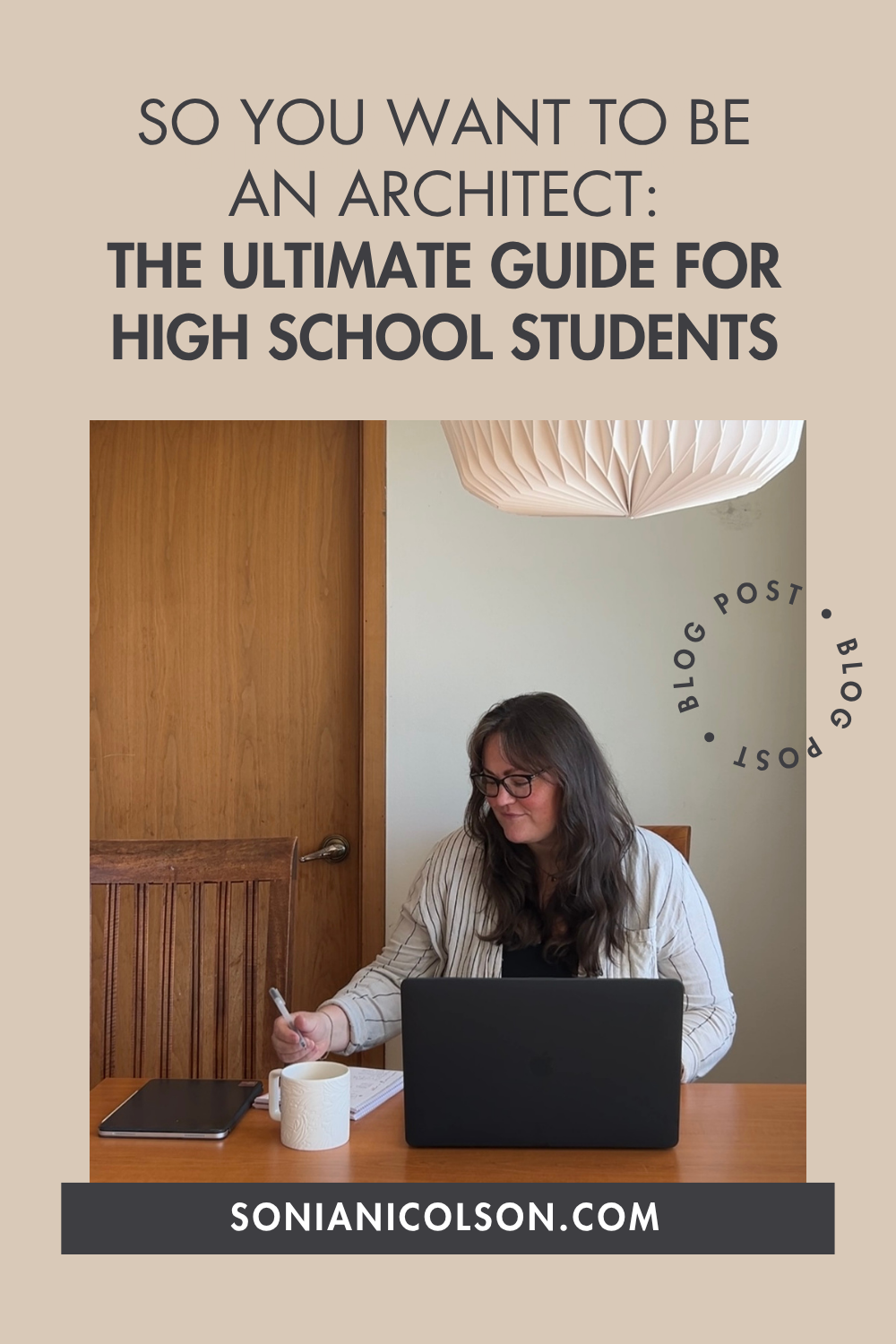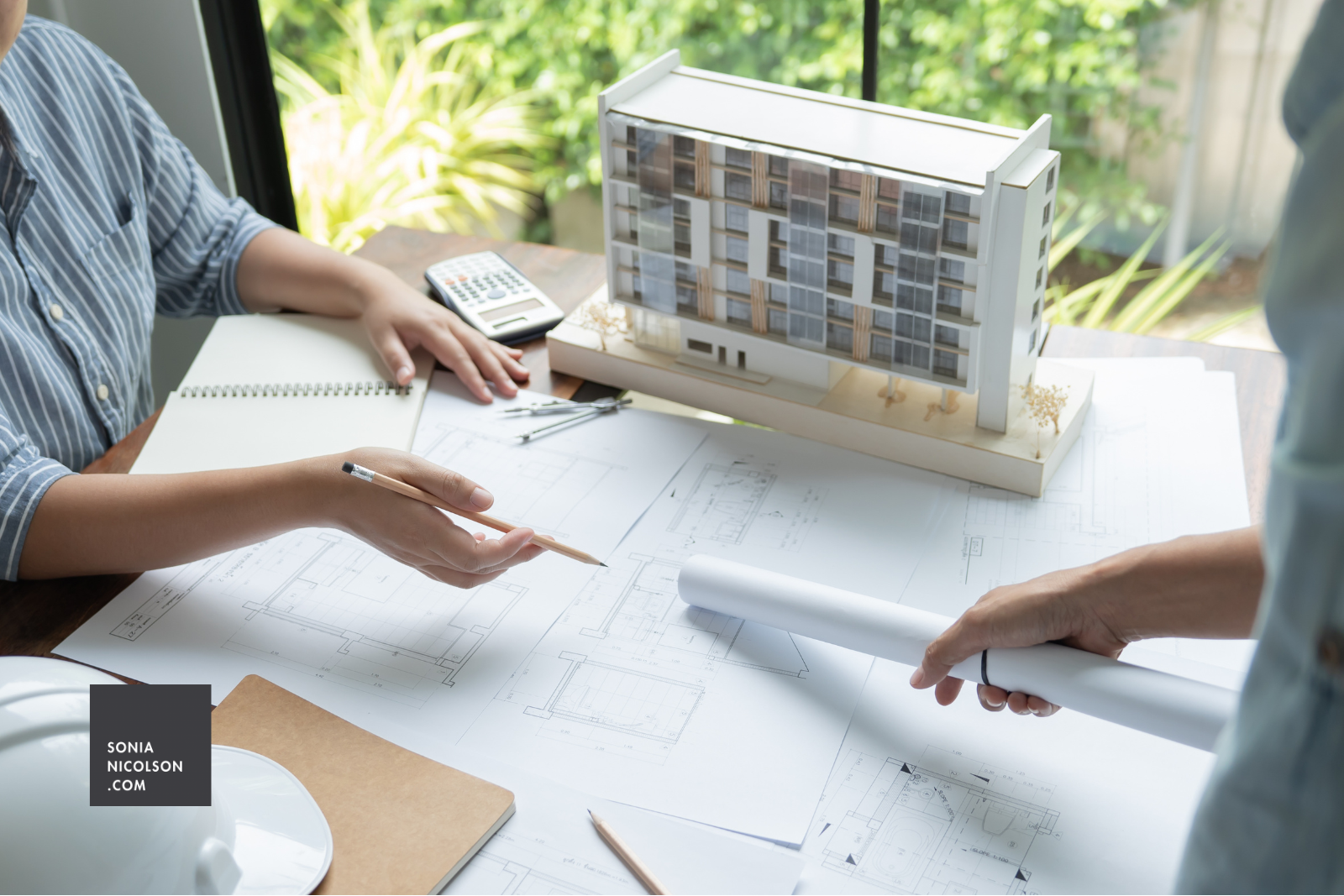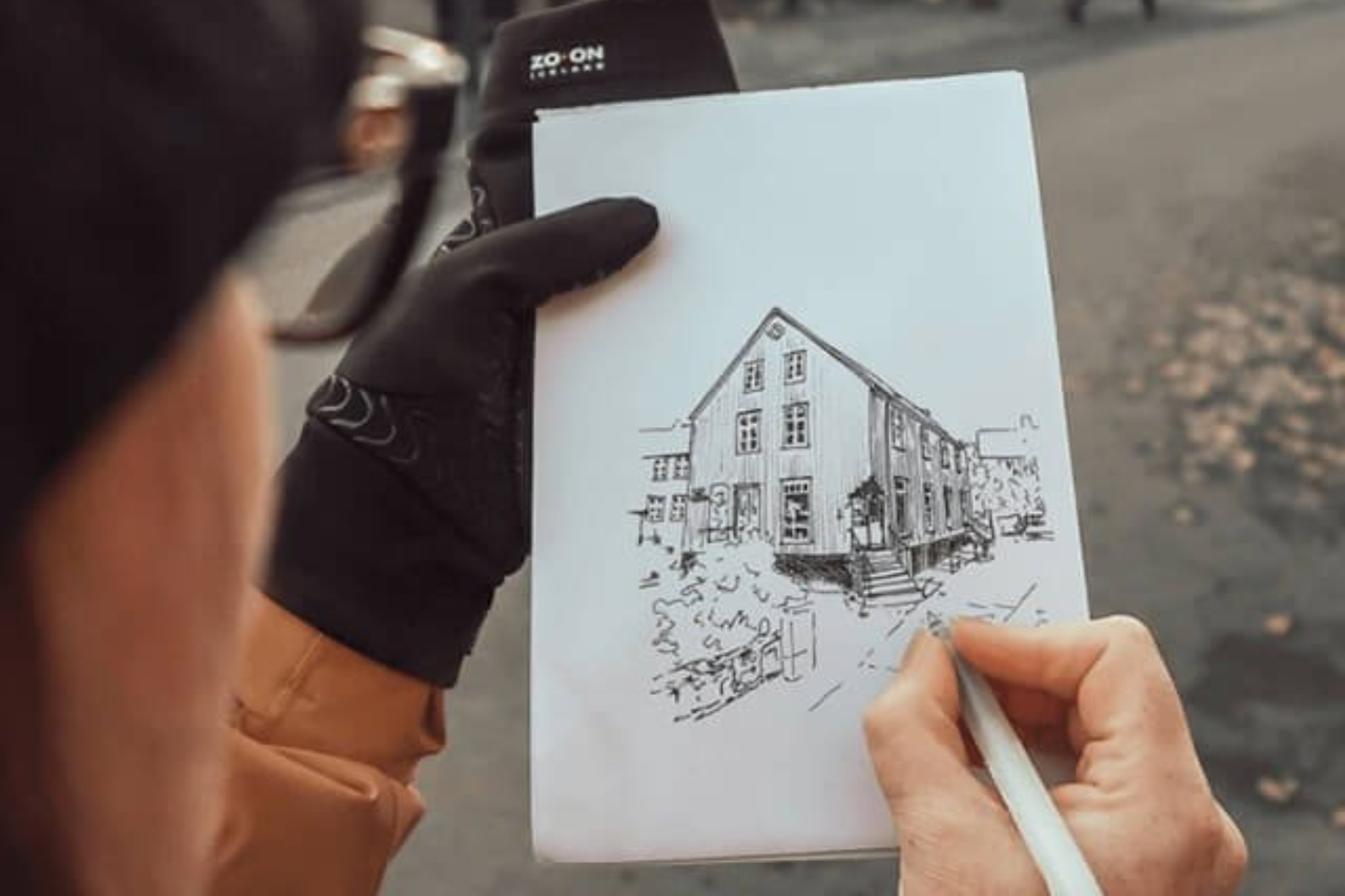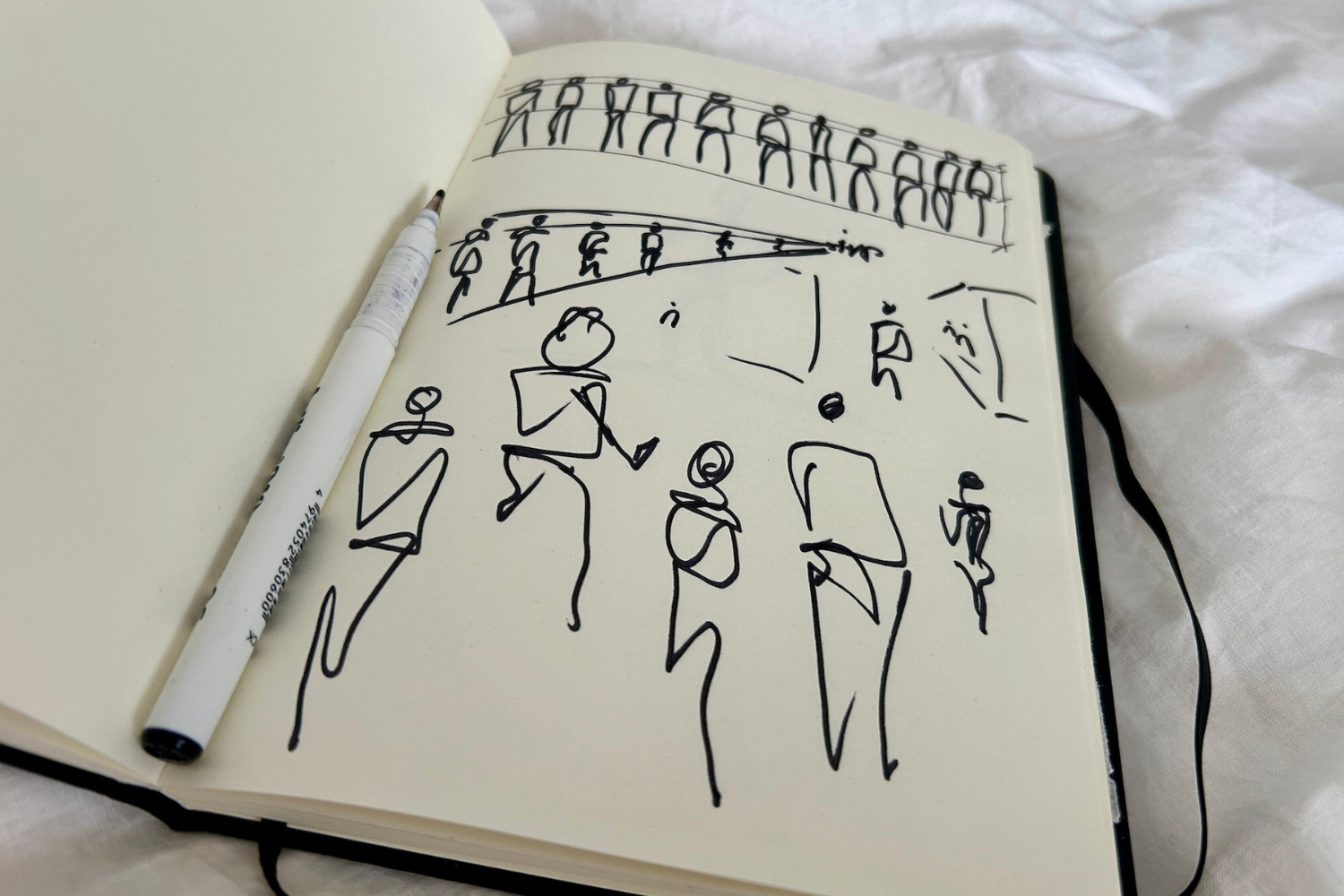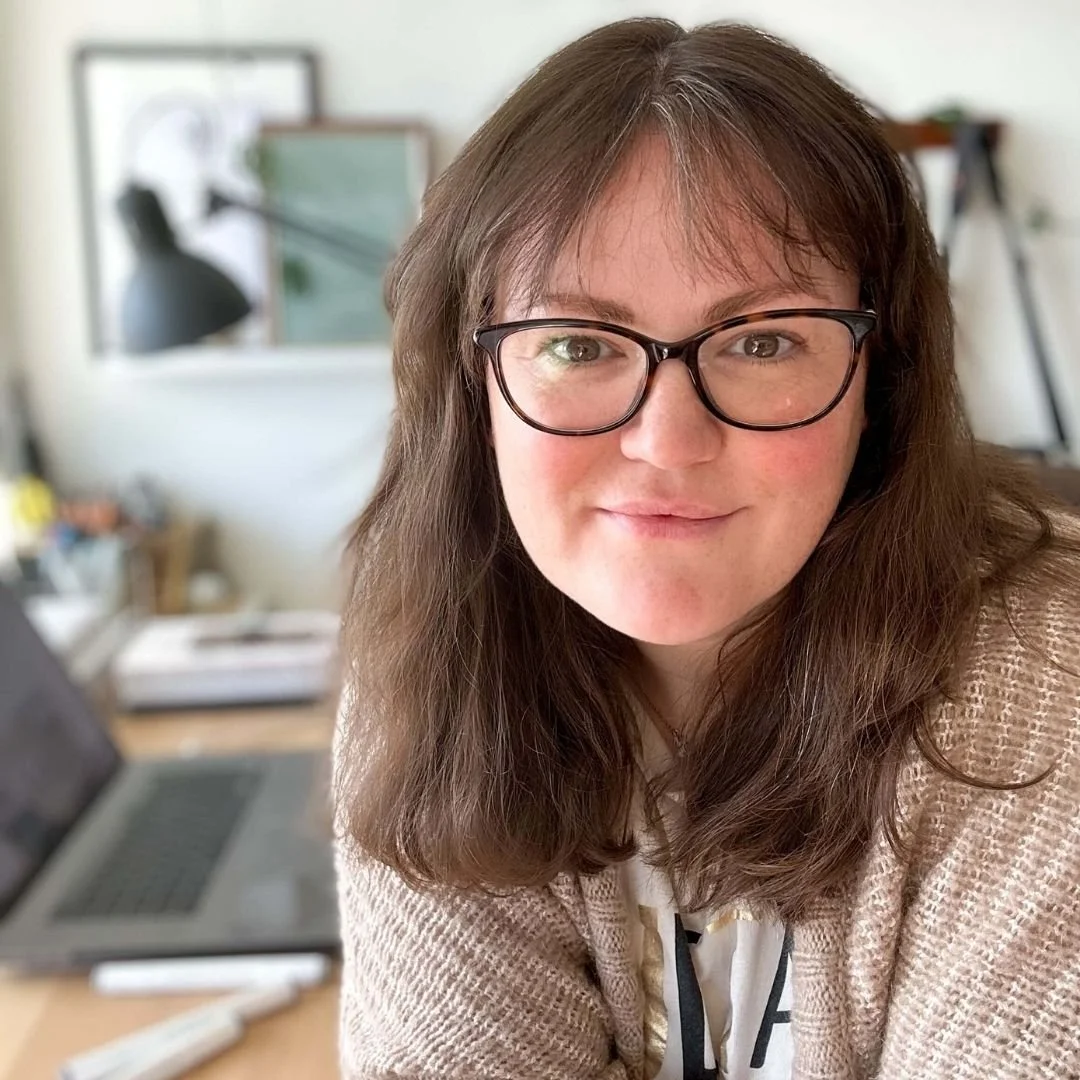So You Want to Be an Architect: The Ultimate Guide for High School Students
/When I was in high school, I didn’t know any architects personally. I just knew I loved buildings, sketching streets, and rearranging furniture in my room until it “felt right.” Architecture seemed like a way to bring all of that together - creativity, logic, art, and purpose. But I had no idea where to begin.
If that’s you right now - curious, creative, maybe a little unsure, then this is the guide I wish I’d had. Whether you’re a student, a parent, or a teacher supporting the next generation of designers, here’s everything you need to know about preparing for a future in architecture. Because architecture isn’t just a subject, it’s a way of seeing the world.
Dear 16-Year-Old Me - You don’t need to have it all figured out. Keep sketching, stay curious, and trust that the path will make sense one day. One sketch leads to another. One idea leads to a lifetime of design.
What Does an Architect Actually Do?
Architects plan, design, and oversee the construction of buildings and spaces, but that’s only part of the story. Architecture is about ideas. It’s about solving real-world problems - how people live, move, connect, and feel. It’s about collaboration and working with engineers, clients, and communities to turn ideas into meaningful spaces.
It sits perfectly between art and science, creativity and logic. That’s what makes it so special, and why no two architects take the same path.
“Architecture teaches you to see possibility where others see walls.”
The Best Subjects to Take in High School
You don’t need to choose the “perfect” combination, but certain subjects will give you an advantage:
Art & Design | Learn to draw, observe, and express ideas visually. Painting, photography, or sculpture all help you think creatively. My art teacher once told me, ‘You don’t have to draw perfectly, you just have to see.’ That sentence changed everything.
Maths | Geometry and trigonometry help with proportions, structure, and spatial reasoning. But if you aren’t great at Maths, don’t be put off.
Physics / Engineering | Teaches how materials behave and why buildings stand up.
Computer Science / Technology | Architects use software to draw, model, and visualise designs. Get comfortable with computers early; you will spend a lot of time creating on a computer.
Geography & History | Understanding context (culture, climate, and society, etc) will help you design thoughtfully.
English & Communication | Architects don’t just draw; they write, explain, and persuade. Communication is a core design skill.
Try this: Choose one subject project this term and add an architectural twist, i.e photograph local buildings for art, research sustainable materials for science, or analyse your city’s layout in geography. All of this will help with your university application and in building your portfolio.
Skills to Start Practising Now
Architecture school will teach you a lot, but these habits will set you apart from day one.
Think in 3D | Sketch cubes, stairs, or simple buildings from different angles - visualise space before you draw it.
Practice Hand Drawing | Hand drawing helps you think through ideas. Start a sketchbook and fill it with anything and everything from doorways, chairs, buildings, and people.
Make Models | Use recycled materials, cereal boxes, cardboard packaging or paper to build rooms or structures. Here’s a great project: My Room, My Interior, build a scale-model bedroom from materials you already have at home.
Study Perspective | Understanding 1 and 2 point perspectives will make your sketches realistic. Try my How to Draw Perspectives eBook for step-by-step guidance.
Observe People & Spaces | Sit in a café or park and sketch how people move through space. The best architects design for people, not for drawings.
Build Resilience | You’ll get feedback, sometimes tough feedback. Learn to take it as fuel, not failure.
Download my free Write Like an Architect Workbook to learn architectural handwriting
I felt completely out of my depth when I started architecture school. Everyone seemed more advanced. What helped me wasn’t talent, it was persistence. I kept showing up, sketching, and asking questions until things began to click.
Try this: Pick one new skill each week. Set a 10 minute timer and practice - no pressure, just progress.
Building Your First Architecture Portfolio
A portfolio tells your story - how you see, think, and create. It doesn’t have to be perfect; it just needs to be you. As a lecturer, I reviewed hundreds of portfolios. The best ones weren’t always polished, but they were authentic. You could feel the student’s curiosity.
What to include:
Sketches and drawings (hand or digital)
Creative projects (art, design, photography)
Model photos (even cardboard ones)
Sketchbook pages (show your process)
Personal statement (why architecture excites you)
Ready to refine your portfolio? Explore my Portfolio Preparation Course or book a Portfolio Confidence Review™ using my 6 step REVIEW™ Method.
Books Every Aspiring Architect Should Read
Architecture books open your eyes to new ideas, even before you understand them all. Don’t worry about finishing them, just explore. The goal is to think like a designer. Start with:
101 Things I Learned in Architecture School – Matthew Frederick
Form, Space & Order – Francis D.K. Ching
Thinking Architecture – Peter Zumthor
Women Design – Libby Sellers
How to See – George Nelson
Try this: Pick one quote from a book each week and write what it means to you in your sketchbook.
Films, Documentaries & YouTube Channels to Watch
Learning happens everywhere, sometimes even on Netflix.
Documentaries & Series
Abstract: The Art of Design (Netflix)
Grand Designs (UK Channel 4/YouTube)
The World’s Most Extraordinary Homes (BBC/Netflix)
Minimalism: A Documentary About the Important Things
YouTube Channels
30x40 Design Workshop – behind-the-scenes studio life
David Drazil – Sketch Like an Architect drawing tutorials
The B1M – architecture and construction explained simply
Films
Columbus – quiet, thoughtful, and visually stunning
The Architect – explores people and design
The Fountainhead – a classic (and controversial) take on passion in design
Try this: Watch one episode of Abstract and note how each designer describes their creative process. You’ll notice patterns that apply to architecture too.
Creative Challenges & Activities
Hands-on experiences build confidence more quickly than theory ever can. Don’t wait until university to start thinking like an architect. Start noticing the spaces you already live in.
Visit a building or museum and sketch your favourite detail
Join a local art or design club
Keep a daily sketchbook - quantity matters more than perfection
Enter student competitions (RIBA, Dezeen, ArchDaily)
Try my 10-Minute Sketch Challenge
Follow architects and educators on Instagram for inspiration (@sonianicolson)
The Mindset of a Future Architect
I’ve fallen out of love with architecture a few times and found my way back every time. That’s the thing, this career grows with you. It will challenge you, change you, and sometimes frustrate you. But it will also teach you how to see beauty in problem-solving, patience in process, and joy in small details. Your first sketch won’t be perfect. It doesn’t need to be - it just needs to exist. Architecture isn’t about perfection; it’s about curiosity, resilience, and learning to begin again.
Try this: Start a Design Journal. Each week, write one thing you noticed, one thing you learned, and one idea you’d love to design someday.
FAQ: Common Questions About Becoming an Architect
-
You need to understand geometry and logic, but creativity and problem-solving are equally important.
-
Drawing is a skill, not a talent. You can learn it and I teach it step-by-step in my courses and eBooks.
-
Usually 5-7 years, including study and professional experience, depending on your country.
-
Balancing time and expectations, but learning how to manage both will shape you into a strong, thoughtful designer.
Where to Go Next
Free Resources to Get You Started
Write Like an Architect Workbook - learn architectural lettering
Perspective Practice Sheets - master 1- and 2-point perspective
Mood Board Canva Template - create design presentations with confidence
Ready to Build Your Portfolio? Explore the Portfolio Preparation Course or book a Portfolio Confidence Review™ for personalised feedback.
Stay Inspired | Join my newsletter for sketch prompts, creative tips, and architecture school advice straight to your inbox.
Final Thoughts
If you dream of becoming an architect, you’re already halfway there. Curiosity is the spark. The rest can be learned. Keep drawing. Keep noticing. Keep believing that your ideas matter. Every architect you admire once stood exactly where you are, with a pencil in hand and a dream that felt too big. And they started anyway.



